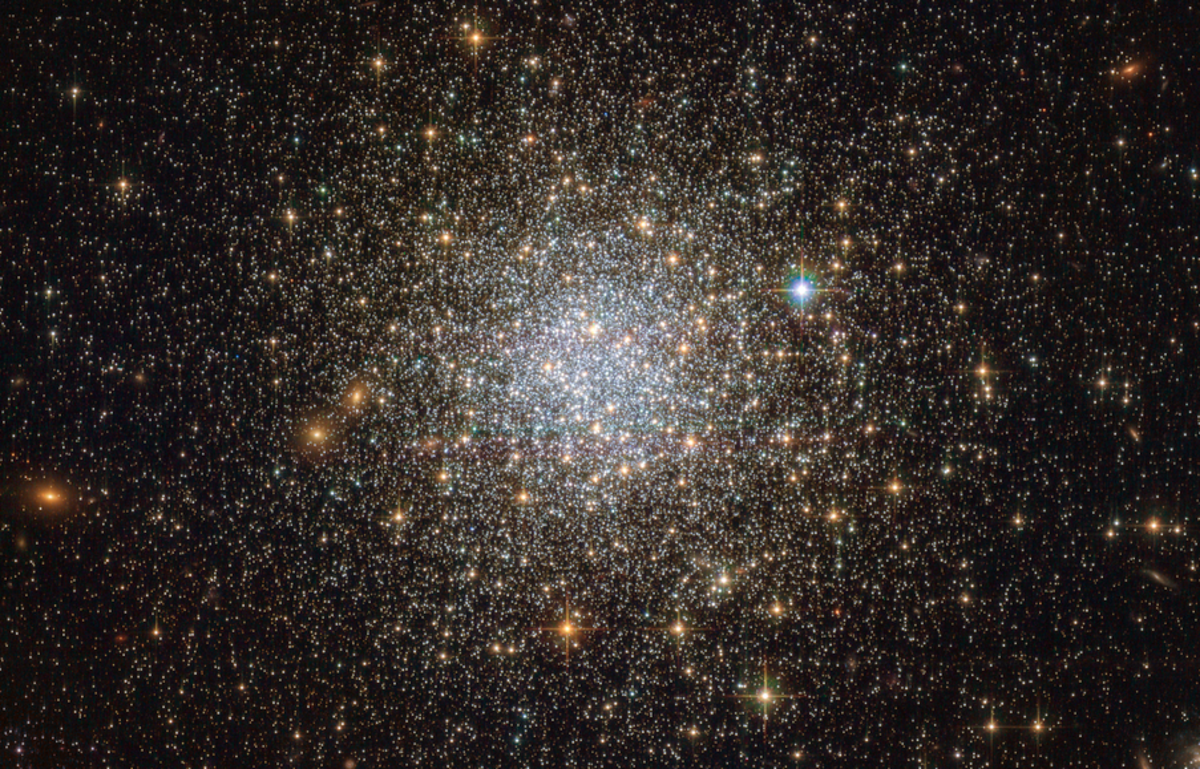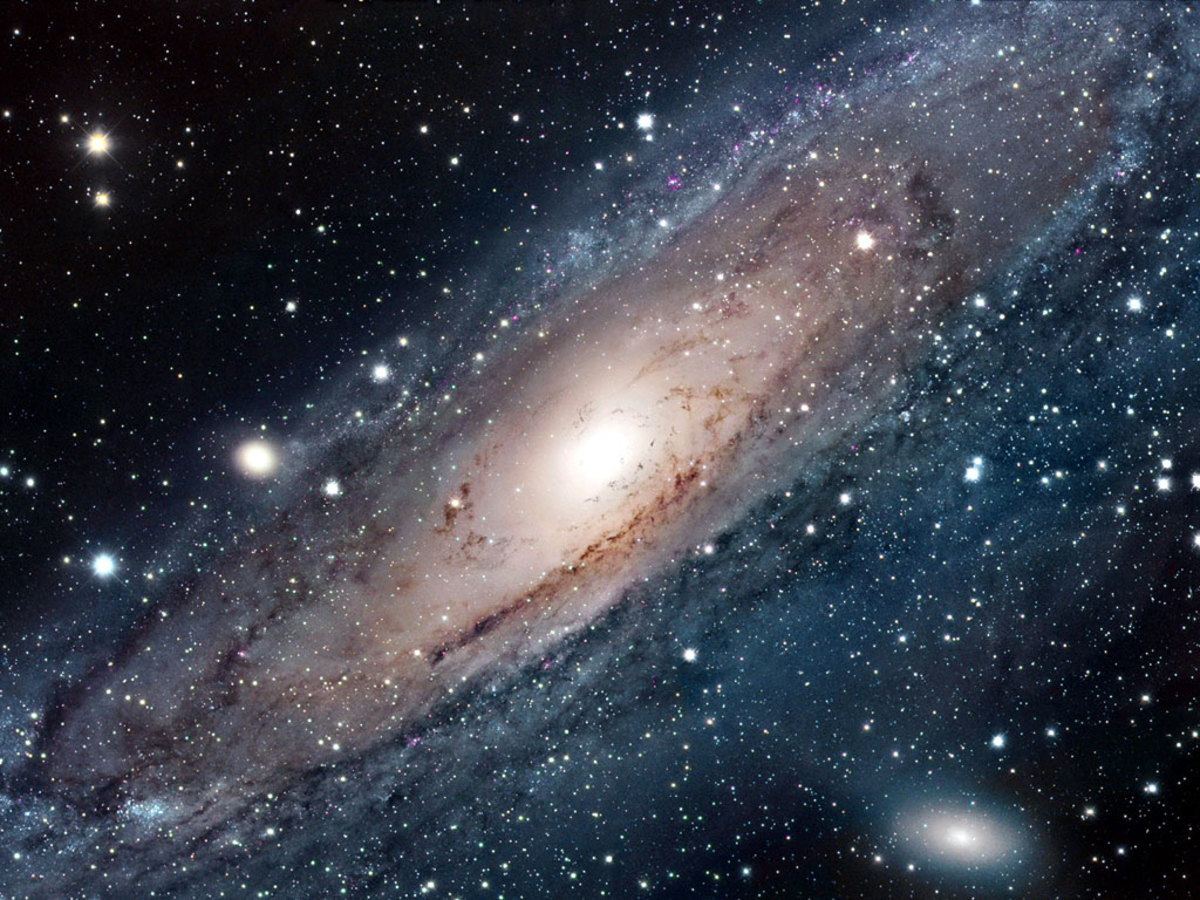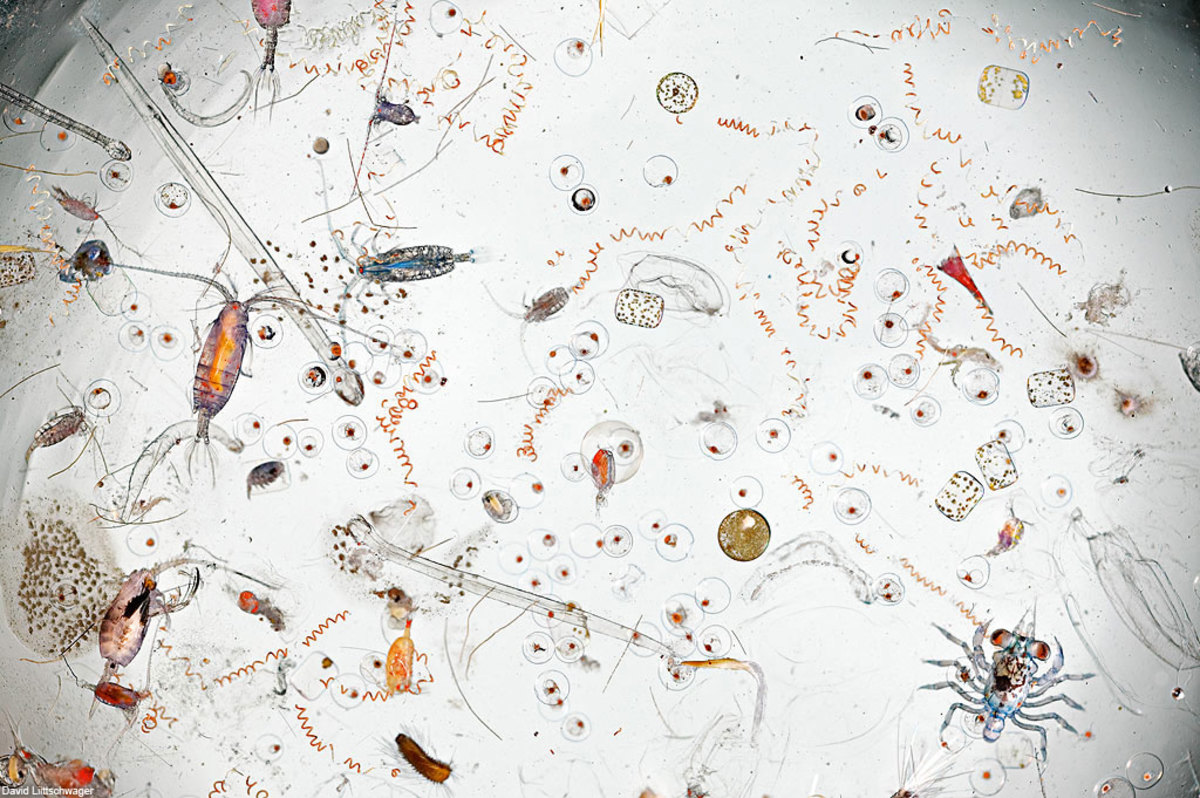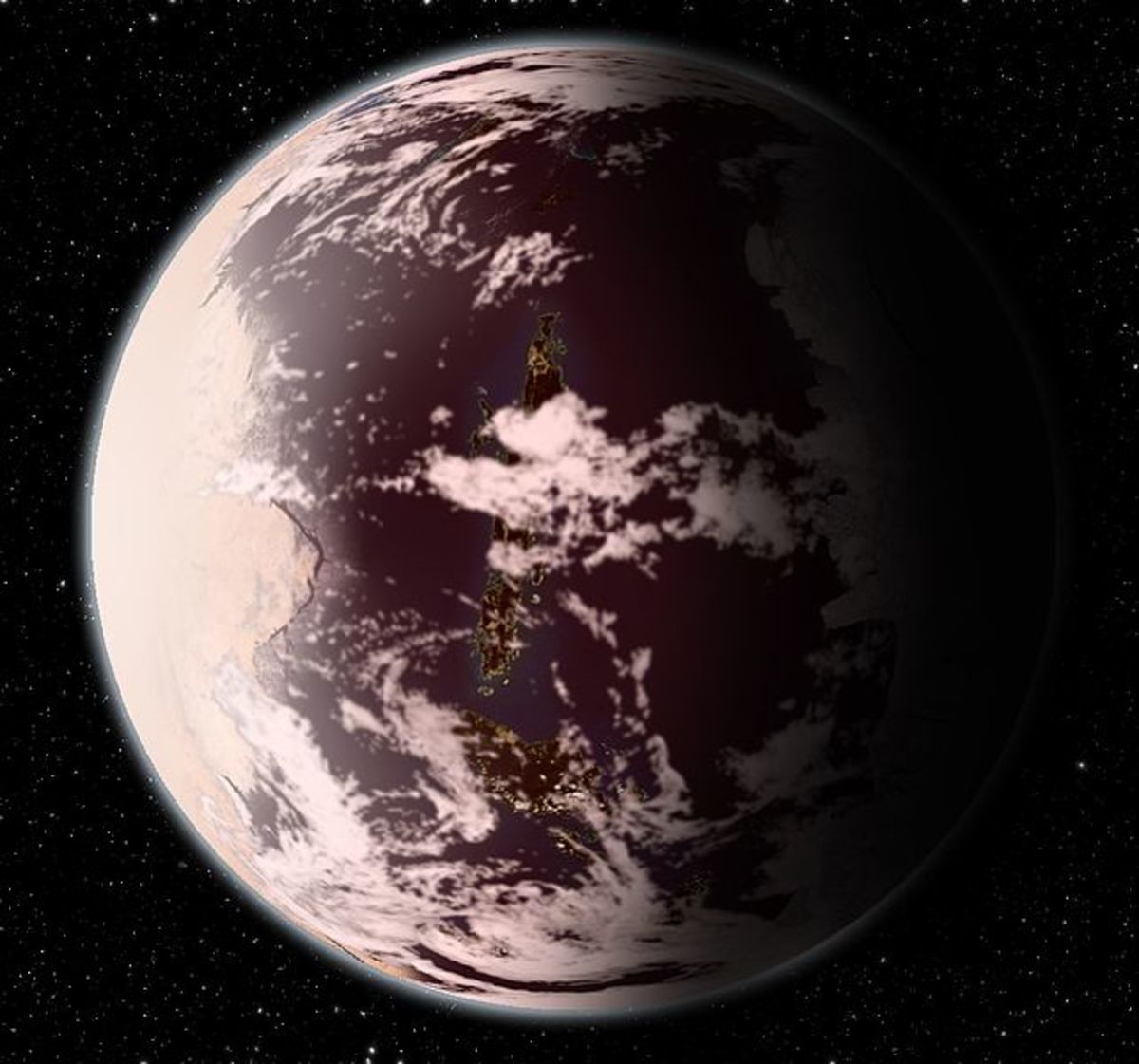Aliens: Close to Home?
ESO
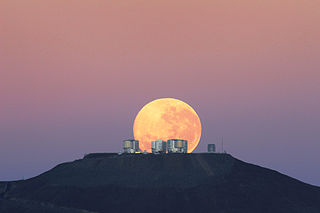
Study
The European Southern Observatory or ESO has been doing a study of Red Dwarf Stars.
Red Dwarfs are smaller and less bright than our Sun and cannot be seen by the naked eye, yet Red Dwarfs make up 80% of the stars in our own Milky Way galaxy.
The ESO was doing a study to see what kinds, if any, planets orbited these stars.
Their conclusions are that there are many planets associated with this kind of star and unlike stars like our own Sun which have a high number of planets that are gas giants, the majority of planets surrounding Red Dwarfs are smaller rocky planets like Earth.
They also concluded that a lot of these rocky planets were within the stars “habitable zone”. This is the zone that is at distance far enough from the star to allow liquid water to exist on the surface, thereby possibly capable of supporting life as we know it.
Red Dwarf
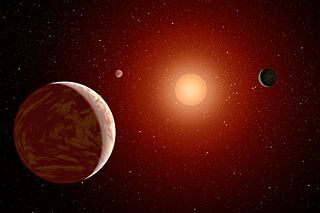
Conclusion
There are thousands of these Red Dwarfs in our own backyard, relatively speaking, and hundreds of these Red Dwarfs are closer than the nearest Sun like star.
The ESO concluded that, given the percentages of Red Dwarfs that had rocky planets and the percentage of these planets that were in the habitable zone, there would be at, the very least, a minimum of one hundred planets that could support life as we know it, closer than the nearest Sun like star.
They also concluded that it may be more advantageous for scientists to look for life around these Red Dwarfs, than searching for life on planets much further away.
They also concluded though, that as Red Dwarfs were not as bright or hot as our Sun, the habitable zones were a lot closer to the star than was the case with Earth.
These planets therefore being closer to their stars, made them more likely to be affected by solar flares, which are more common on Red Dwarfs than regular stars. This could make it harder for life to form or exist in these somewhat erratic conditions.
- Proof of Alien Existence by 2026
The senior scientist at SETI makes a wager that proof of aliens existence will happen by 2026. How can he be so confident? - United Nations Appoints Ambassador for Aliens.
Now that the UN has appointed an Ambassador for Aliens we must ask why? What is it they know that we don't? What does it mean to our future?
Future
I believe that scientists should seek life on these nearer planets, after all even these are up to 30 light years away. Seeking life any further is probably being a little too optimistic for our near future.
This study shows that there is still a lot more to be discovered in our own neighborhood of space. It also shows that alien life, as we know it, may exist a lot closer than we have been led to believe.
If our own galaxy is typical of the others in the universe, then the billions of extra stars that exist that are capable of sustaining life certainly increases the probability that life could exist elsewhere in the universe and if it does, it must only be a matter of time before signs of that life become known to us.
The only question is, how much time?
This will not only be dependent on our ability to advance our technology but also on any other life forms to advance theirs. As our own star and planet are relatively new in our galaxy, we must assume that any other life forms are probably older than us and therefore possibly more advanced but are they as curious as us?
- Have We Been Visited by Aliens.
There are many stories of aliens visiting our ancient ancestors. This highlights a couple of them that although they are so well known, are perhaps a little more believable. - Interstellar Travel a Reality
We will not see the results in our lifetimes but it would now appear that we are seriously looking at multi generation space exploration. Will we at least see the launching of the first mission? What propulsion system will they use and where will the - Alien Life in Our Solar System
With so many whistle blowers speaking up about NASA, could they all be lying?

